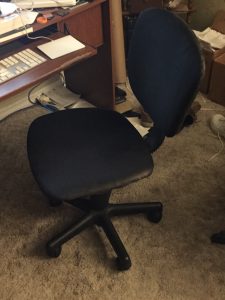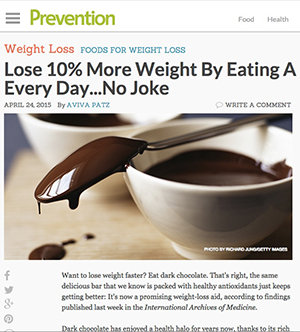Not sure where to start with this, so I’ll just start talking. A year ago I was only a few weeks of commuting away from crossing the magical ten-thousand-mile mark on my workhorse bike. Now, I am barely any closer. After a ride, I would lose two days to a seized-up back.
After one ride, as I lay in bed with the heating pad underneath me, I reached around to adjust the pad and a muscle near my shoulder blade seized up into a knot you could see through my shirt.
I could not sit, I could not stand, I could not lie down. I would seek brief comfort on my hands and knees, my face pressed into the carpet, then pace the length of the house. After a sequence like that I would check the time and see that I was ten minutes closer to my appointment with the doctor. It didn’t help that parts of my right arm were numb as well.
It remains to be seen, but that agony may have saved my life.
That afternoon, I went to the doctor. She looked me over and prescribed me a larger dose of the medicine I was already taking. To make sure my body could handle it, she ordered some blood work. That was all well and good, but “I just want to be unconscious,” I told her. She relented and gave me an injection of a stronger variant of the anti-inflammatory she had already prescribed.
It helped some, I guess, but did not deliver me from disfiguring pain. (Literally – somewhere in there x-rays were ordered for my upper chest, and the images showed my spine was being pulled significantly to the right. Thus the numbness.)
Still, “muscle spasm” was the diagnosis. It happens.
A couple of days later, I got a call from the doctor. Could I come in for more blood work? The first results were fairly alarming. Back I went.
The results of those tests were apparently even more alarming. The back-of-envelope calculation they used said my kidneys were functioning at about 10%. Were I not lucid and upbeat, emergency dialysis was a likely recommendation.
I’m pretty sure I’ve left out some steps above, and I’m absolutely certain that I have left out the help and support not only of the Official Sweetie of Muddled Ramblings and Half-Baked Ideas, but other family and friends nearby. The story doesn’t even get this far without them.
Multiple doctors followed, and after I stopped taking the pain meds, the lingering question was, “what’s with those kidneys, anyway?” Tests and specialists ensued.
I had heard enough stories about slow urine that I had thought little of it. A fairly normal old man thing. Something I would mention in my next checkup. But an enlarged prostate can put pressure on the kidneys, so that became an organ of interest.
And here is a Very Important Thing You Should Know: An enlarged prostate can be caused by exactly two things — infection or cancer. Infection can be cleared up; cancer is not so straightforward but the sooner you act the better. Men: if your pee is slow, don’t fuck around. See a doctor.
My prostate, it turns out, is chock-full of cancer. I’m not even sure why I have the fucking thing — it seems like a janky solution to a fairly simple engineering problem — but I have a prostate and it’s busy cooking up tiny little cellular death seeds to send through my body. The million-dollar question now is, where have those seeds taken root? It will be almost a month before I lie very still for a PET scan (the P is for positron – antimatter!) and then probably a few days after that to hear from a professional what the scan revealed. I would rather not wait that long.
But if you’re going to choose a cancer, prostate would be a good choice. Medicine has long focussed on Man Problems, and on top of that the prostate is an organ easily accessed by medication. I have good insurance, though to be honest I feel a little queasy about that. Everyone should have good insurance. I reserve the right to rant about that further at a later time.
By a couple of metrics, I’m pretty lucky. Lucky the cancer has been detected, lucky I have access to science-fiction-class care, lucky I can afford that care. The next month of uncertainty is going to be a grind. After that, I don’t even want to guess. Some therapy will follow that will be designed to destroy the bad cells in my body, while minimizing harm to the good cells. I have very consciously avoided reading the internet about these things. There will be plenty of time to sweat that shit later.
What seemed at first like a rough journey turned out to be the boarding platform for a train to the unknown. I’ll keep you all informed of my progress, if I feel like it.
 6
6
Sharing improves humanity:




